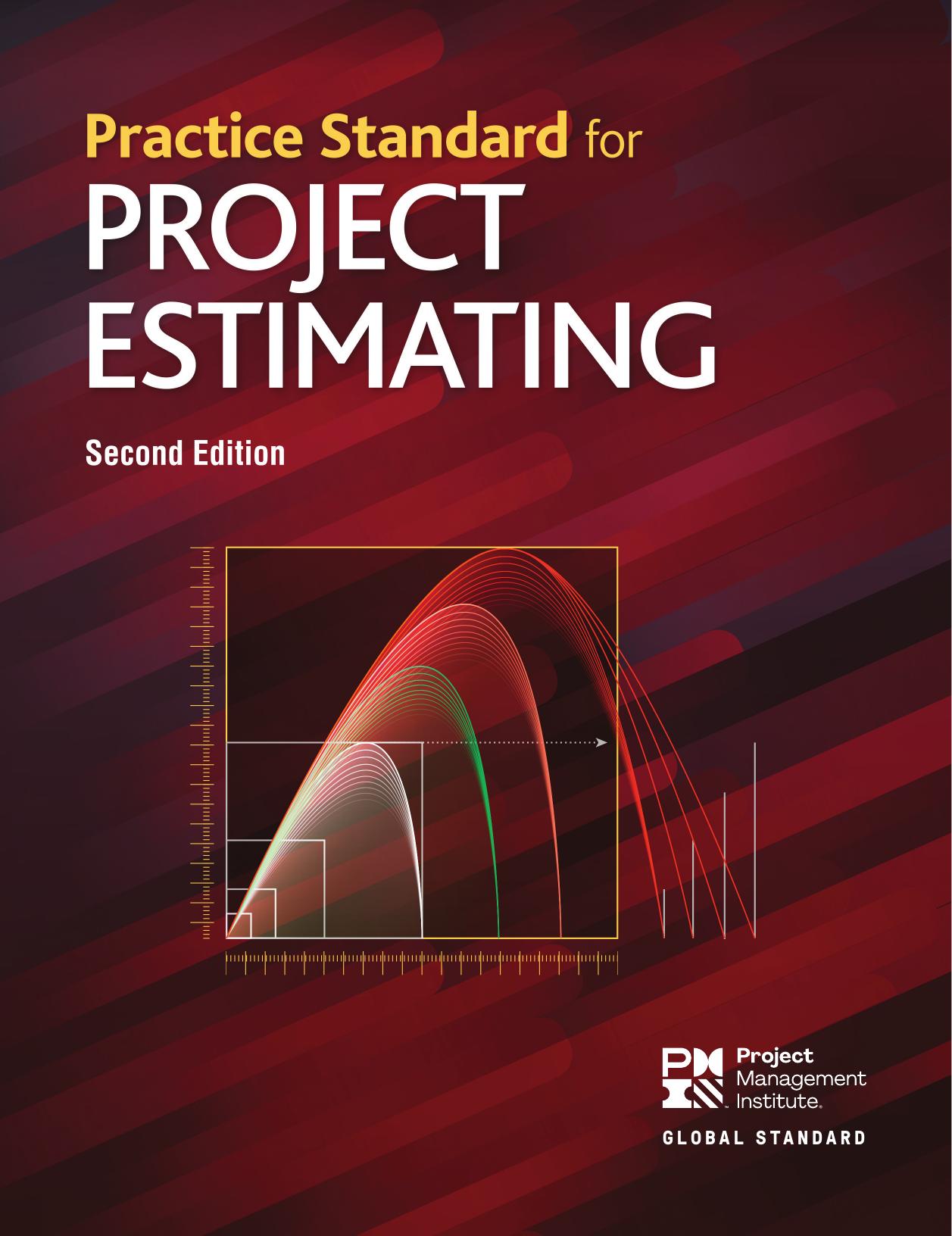Practice Standard for Project Estimating - Second Edition by Project Management Institute

Author:Project Management Institute [Project Management Institute]
Language: eng
Format: epub, pdf
Publisher: Project Management Institute
Published: 2019-12-15T16:00:00+00:00
4.3 USE OF RELATIVE ESTIMATING TECHNIQUES
The acceleration of change in our world has led to the need to estimate an outcome where no experience, data, or time is available. Many projects and teams have been highly successful by applying relative estimating techniques. Relative estimating techniques take advantage of the human capacity to compare things to other things and avoids the difficulty in comparing something to an abstract concept (such as dollars or days).
Relative estimating techniques are high-level estimating techniques that use information that is currently available and known to the group doing the estimating. Each team member collaborates with the other team members to find a common item to visualize. If everyone understands the comparative sizes of the estimation units, the technique is very quick and efficient. Because these units are specific to the team doing the estimating, it is highly advised that the team use unusual units of measure to differentiate the estimates from other estimating techniques. For this reason, teams employing relative estimating techniques often use estimating proxies to represent relative sizes, such as T-shirt sizes, rocks, buckets, or virtually anything they can agree is a sizing relationship. Relative estimating techniques are designed to be fast (faster than traditional techniques) and deliberately trade off accuracy for speed. Time that is typically spent on estimating, is now spent on creative work, adding a direct value to the effort. The three estimating technique categories (see Figure 2-3) are quantitative, relative, and qualitative and are categorized by the level of detail used in the creation of the estimate.
The use of T-shirt sizes (Extra Small [XS], Small [S], Medium [M], Large [L], Extra Large [XL], Extra-Extra Large [XXL]) is another way to think of relative feature sizes. One popular artificial quantification of nonnumerical units is to use the Fibonacci Series—using the T-shirt example, size XS has value 1, S = 2, M = 3, L = 5, XL = 8, and XXL = 13. Other measurement proxies include NUTS (Nebulous Units of Time), and foot-pounds. Teams may create their own estimation units. Commonly used methods for relative estimating are affinity grouping and planning poker.
◆ Advantages of the Relative Estimating Technique:
■ Simple, easy, and the least expensive technique to implement;
■ Suitable when detailed information is not available; therefore, it can add more value to portfolio management compared to detailed project management;
■ Allows the team to contribute more to the estimating exercise, since team members feel more comfortable providing comparisons of estimates rather than committed definitive figures; and
■ Using a nonnumerical estimating unit prevents management from inadvertently considering the estimate as a firm commitment to deliver by a specific time.
◆ Disadvantages of the Relative Estimating Technique:
■ May produce estimates that cannot be compared to other projects or work;
■ Can be difficult to apply to estimating highly complex tasks within projects; and
■ Team members may not learn the financial value of the work being done and its impact on profitability.
◆ Common Relative Estimating Techniques. Relative estimation is the technique of estimating one item compared to
Download
Practice Standard for Project Estimating - Second Edition by Project Management Institute.pdf
This site does not store any files on its server. We only index and link to content provided by other sites. Please contact the content providers to delete copyright contents if any and email us, we'll remove relevant links or contents immediately.
CBAP CCBA Certified Business Analysis Study Guide by Susan Weese(787)
Making Things Happen by Berkun Scott(687)
PMP Certification All-In-One Desk Reference for Dummies by Cynthia Stackpole Snyder(670)
12 Months to $1 Million by Ryan Daniel Moran(572)
97 Things Every Scrum Practitioner Should Know by Gunther Verheyen(547)
Project Management for Non-Project Managers by Jack Ferraro(540)
Microsoft Project 2016 Step by Step by Carl Chatfield & Timothy Johnson(532)
Computer Memory: Develop A Computer Like Memory In 5 Minutes A Day (Think Faster, Smarter, Sharper) by Michael Davis & Tim Wilkingson(510)
CAPM Certified Associate in Project Management Practice Exams by James L. Haner(487)
Clever by Alessandro Lanteri(472)
The Fast Forward MBA in Project Management by Verzuh Eric;(469)
Your Project Management Coach by Bonnie Biafore & Teresa Stover(464)
Rizvi's CAPM Exam Prep Guide by S. Hasnain Rizvi(463)
Management of Portfolios by Best Management Practice(458)
Leading Lean by Jean Dahl(441)
Fixing Your Scrum by Ryan Ripley(440)
Practice Standard for Work Breakdown Structures - Third Edition by Project Management Institute(425)
Microsoft Project 2013: Step by Step(420)
Agile by Harvard Business Review(417)
